When an explosion in Beirut killed over 200 people and injured thousands more in August 2020, authorities soon uncovered that the cause was nearly 3000 tonnes of ammonium nitrate that had been improperly stored for years. The disaster made it clear that a massive clean-up effort was needed, and Lebanese officials approached specialist German companies to begin the massive job.
Höppner Environmental Protection Consultancy, based in northern Germany, partnered with heavy lift transportation company Combi Lift to inspect 59 containers of concern that had been stored at the port for years, and then securely shipped them to Germany for safe disposal.
If these containers had caught fire, Beirut would have been ‘wiped out’, interim port chief Bassem al-Kaisi warned in November. In February, Combi Lift’s managing director Heiko Felderhoff said that these apparently forgotten hazardous chemicals were tantamount to ‘a second Beirut bomb’.
But before the hazardous receptacles could be despatched, the companies had to carefully examine them to make a full inventory of their contents.
In the 59 containers, significant amounts of highly concentrated hydrochloric acid, and other corrosive materials such as sulfuric acid, formic acid, sodium hydroxide and hydrofluoric acid were found, according to Johannes Melcher, a chemist with Höppner whose job was to identify the materials and ensure that they could be handled and shipped safely. Furthermore, he says, acetone and empty cans of methyl bromide were also uncovered.
As concentrated acids were involved, most of this work had to be carried in full hazmat suits.
‘Disastrous conditions’ of the containers
The containers had been stored at the harbour for between five and 20 years, Melcher estimates, and many were in terrible condition simply due to the passage of time – not the explosion. Some of the labels were no longer readable, and so he and his colleagues set up a small mobile laboratory to conduct some basic chemical assays.
After taking stock of the compounds in the containers, the German companies developed a working plan to begin transferring their contents to new vessels, beginning with the least dangerous substances to allow time for the workers to be trained in handling the more dangerous ones.
At the time, Lebanon was dealing not only with the Covid-19 pandemic, but also with significant economic and political turmoil. ‘There were numerous of problems,’ Melcher explains. ‘First we had to import all the protective equipment from Germany because it was not available in the whole of Lebanon.’ Electric pumps had to be imported too and could only be used for aqueous acids as there were concerns around safely pumping organic liquids, so manual handpumps sourced in Lebanon had to be used for other liquids. ‘It was impossible to find pumps quickly that were capable for all the liquids we had,’ Melcher notes.
The Lebanese Army also provided assistance. ‘They were the first who found the containers and started the ball for this huge project rolling,’ Melcher recalls. They helped out by providing mobile infrared spectroscopy and Raman spectroscopy services.
The ‘disastrous conditions’ of most of the 59 shipping containers and the vessels inside them presented complications. Acids had leaked out of drums over time and destroyed both shipping containers and chemical holders, Melcher says. Many were rotten and actively leaking, so most had to be unloaded by hand.
Nevertheless, the containers were repacked in a time-consuming process that took from late November 2020 until the end April 2021. The cargo was then loaded onto a ship that left Beirut on 5 May and reached Wilhelmshaven, on Germany’s North Sea coast, 11 days later. The materials have now been moved to an interim storage site, and from there they will be transported to waste companies for disposal. Melcher says the substances will probably be discarded through either combustion or submitted to a chemical treatment involving neutralisation and precipitation.
Fears that blast may have released toxic material
The deadly August blast itself may have also led to the release of a range of toxic material. Najat Saliba, an analytical and atmospheric chemist at the American University of Beirut, notes that 640 old buildings by the port collapsed following the explosion. As they were built in the era of Ottoman rule, the French Mandate colonial period and the modernist period prior to 1971, there was real concern that many contained asbestos.
Ground zero was completely sealed off by the Lebanese army, so about two weeks after the explosion Saliba’s team analysed rubble samples from the residential areas that were accessible, and sent them to the UK for analysis in collaboration with health, safety and environmental testing firm ETHOS Environmental. ‘We did not find any asbestos in those samples, so that was reassuring,’ she says.
Saliba and her team also examined air samples in collaboration with ETH Zurich in Switzerland. ‘We looked at whether there was asbestos in the particulate matter that we collected in the city, and we found none,’ she recalls.
She is also involved in an ongoing effort to search for polycyclic aromatic hydrocarbons, which are markers of combustion, as well as heavy metals. Results from that analysis, sent to the University of Lille in France in April, have been delayed by lockdowns in Lebanon and France during the pandemic. Saliba expects that the university will deliver the results of these assessments by the end of July.
Damage across the city
The blast shook everything up at the university and beyond, Saliba recalls. She was on a Zoom call from home with colleagues when they all heard the explosion and ran in different directions. On campus, buildings were damaged and doors and windows blown out.
The labs at the university suffered little damage, fortunately. However, one of Saliba’s research assistants who had left to get a coffee just moments before the explosion returned to find a glass door was on his desk. ‘He kept saying the coffee saved his life,’ she recounts.
It would have been catastrophic had the chemistry labs been shaken or seriously damaged by the explosion because they house gas tanks and chemicals that pose a number of risks. ‘With an explosion like this things can get ugly in a chemistry lab,’ Saliba says. As it was the labs at the university are about 5km from the port so avoided the worst of the blast.
In the explosion’s aftermath, there were lots of questions about the toxicity of the reddish plume that quickly developed and expanded inland over the port and above the water. While Saliba says satellite images confirm that the cloud dissipated within about 24 to 48 hours of the explosion, she is concerned that the continuing demolition and construction activities taking place since the tragic event have exacerbated the city’s already high pollution levels.
Compounding the problem is Lebanon’s economic collapse, which means that the government can’t provide continuous power and is therefore rationing the nation’s electricity supply. This has led to a significant increase in the use of diesel generators, according to Saliba, meaning elevated levels of particulates, nitrogen dioxide and polycyclic aromatic hydrocarbons.
‘The current situation with the low supply of electricity and using diesel generators could be even more toxic than what could have resulted from the explosion,’ Saliba tells Chemistry World. ‘In terms of building reconstruction, homelessness and deaths, it has already been devastating, but even those who are forced to stay and work in order to rebuild their homes are exposed to toxic emissions from construction sites and these generators.’
The Lebanese Army is conducting an ongoing investigation of the environmental impact of the August disaster, although it is unclear when its findings will be released.


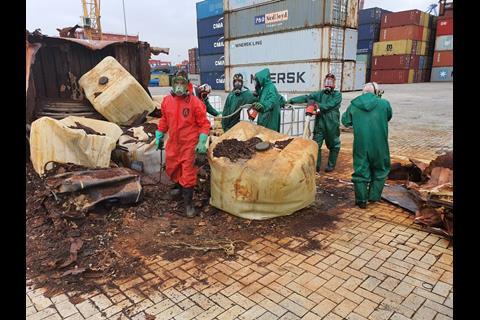
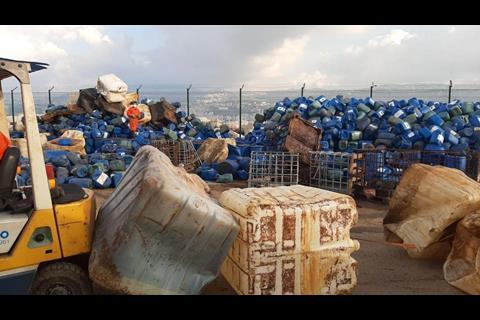
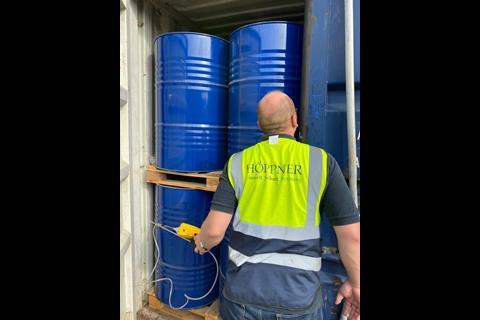
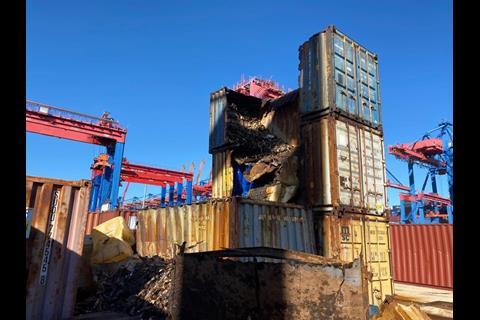
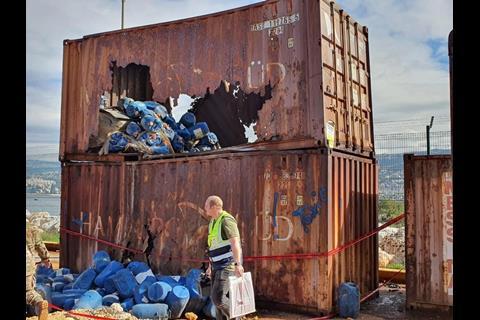
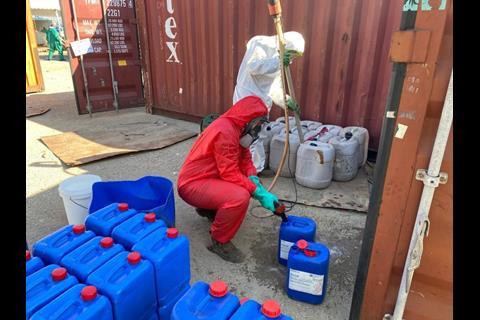



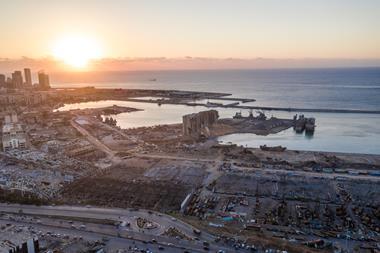
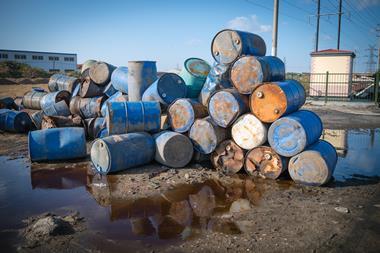
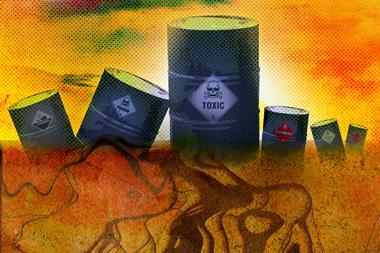

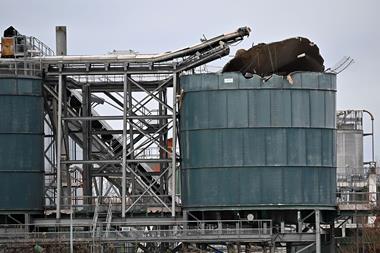
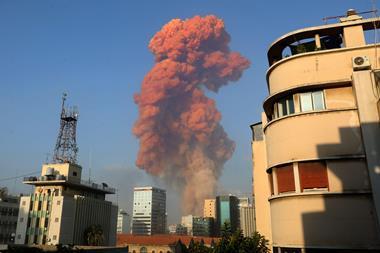






No comments yet